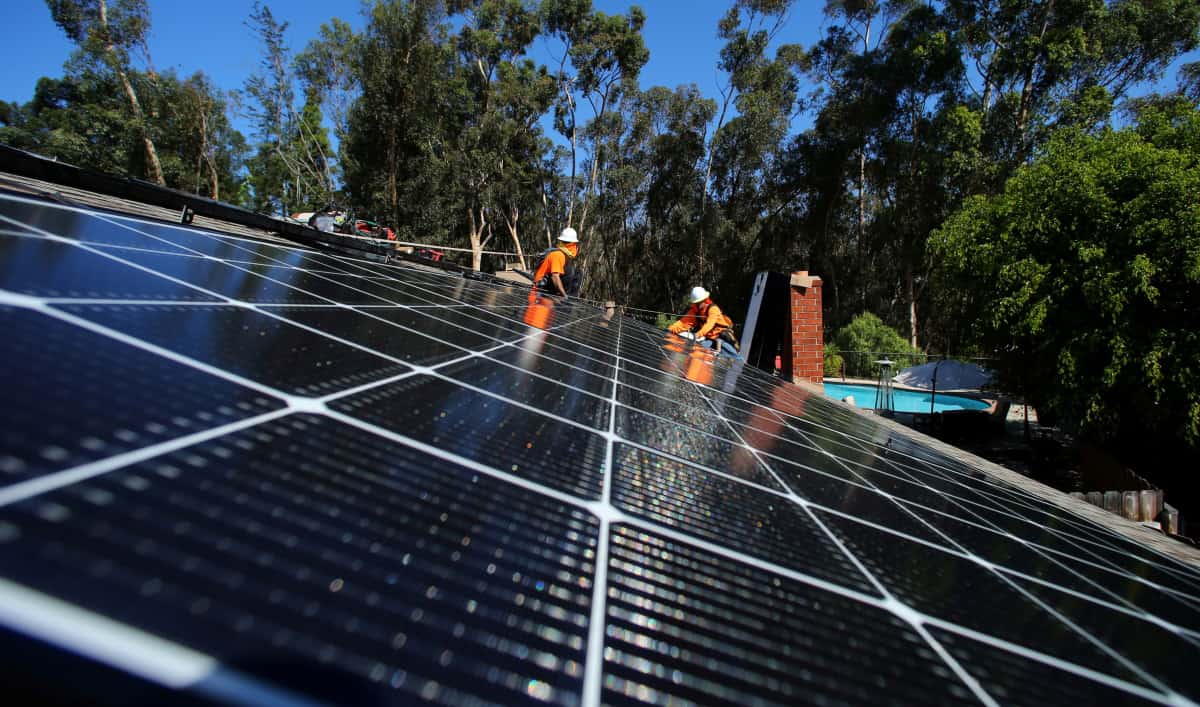What is NEM 2.0?
NEM or Net Energy Metering is the term for the billing arrangement where customers with solar panels get credit for their systems excess energy. Utility company’s had to reimburse solar customers at full retail rates for the excess power their solar panels produced. NEM allows residential, commercial, and agricultural customers to install and interconnect a renewable generator, most often solar/photovoltaic (PV), sized to meet their annual load, and receive credits to offset the costs of their energy usage. Understandably, some homeowners may be confused about whether installing solar is still financially beneficial. Atlantic Key Energy helps clear up the confusion and guide you through your decision-making process as you evaluate your energy options with 6 facts about Net Energy Metering 2.0.
Here are the 6 Facts About Net Energy Metering 2.0. For a NEM 2.0 customer, energy credits and NBC’s are calculating separately. When they purchase from the grid, they are billing at the energy rate plus the NBC rate, but when exported to the network, they compensate at only the energy price. For residential NEM 2.0 consumers, NBC’s are assessing on the hourly net energy consumption. How NEM 2.0 customers are billed to determine a customer’s energy bill as a lot of charges that fills over time as they consume power from the grid. For solar consumers with net metering, you can imagine this bucket as having a drain; when they supply excess solar energy onto the network, they offset some charges, and the billable cost decreases.
Better Understanding Costs Associated With NEM 2.0
For NEM 2.0 consumers, although the cost of energy they consume from the grid is the same, it is divided into two buckets of charges: energy costs and NBC’s. The power charge bucket still has a drain, acknowledging them to offset their costs with solar energy production. The NBC bucket, however, does not. For each kilowatt-hour of energy they consume, 2-3 cents of charges are adding to the NBC bucket, and these charges can’t be offsetting. At the end of the billing time, the NEM 2.0 customer’s total bill will be the sum of the fees in both buckets.

NEM 2.0 extends the capability for solar PV projects connected to the grid; without NEM 2.0, new customers would not be suitable to get market-rate for energy sent to the network. The main difference from NEM 1.0 to NEM 2.0 is that a small part of the electric bill cannot be reversible by excess production. This component of the total rate refers to as “non-by-passable charges,” no maximum system size, There is no maximum generator size for NEM 2.0 accounts. However, accounts larger than 1.0 MW will be required to pay for full interconnection and facilities upgrade costs. NEM 1.0 NEM 2.0, and non-NEM consumers on the same rate schedule payment have the same amount of electricity consumed from the network. Customers receive slightly less compensation than NEM 1.0 customers for energy exported to the system. NEM 2.0 conserves most of the value of exporting electricity to the grid while maintaining state programs revenue.
Learn How Net Energy Metering Can Save You Money and Offset Your Electric Bill
A strong understanding of 6 Facts about how NEM 2.0 functions will allow you to accurately communicate the savings your customers will notice from solar—and address any concerns or misconceptions. Having reached higher renewable energy levels than other states, California is pioneering policy approaches that may inform how other countries address solar compensation in the future. You do not have to replace when and how you utilize electricity to help you save money when you purchase solar, but you can maximize your savings with some small changes. Administering high energy consumption appliances during off-peak times can make a big difference in your electric bill. Learn more today about how Net Energy Metering can save you money and offset your electric bill.
Other Solar Energy Related Topics to Read About
Should I Buy or Lease My Solar Service?
Creative Ways to Stay Cool While Keeping Your Energy Bills Low
Get a Free Zero Down Solar Quote




